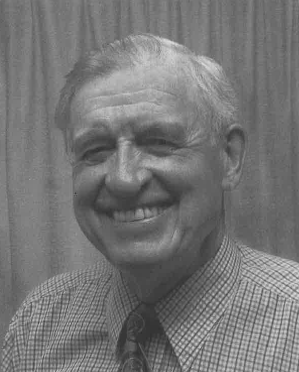A terrific Christmas gift! To order a copy of Murdered Midas: A Millionaire, His Gold Mine, and a Strange Death on an Island Paradise: https://bit.ly/2lHTbYt
Charlotte Gray is one of Canada’s best-known writers of non-fiction, specializing in history and biography, and her books have been nominated for or won most major non-fiction literary prizes. Murdered Midas is her eleventh book, and her second study of a great gold rush. In 2010, she published Gold Diggers: Striking it Rich in the Klondike which was the basis for both a PBS documentary and a Discovery Channel mini-series. She lives in Ottawa and is an adjunct research professor at Carleton University and a Member of the Order of Canada.
Excerpt from Murdered Midas: A Millionaire, His Gold Mine, and a Strange Death on an Island Paradise
Had Harry Oakes once again arrived too late for a big strike? In Toronto in the spring of 1911, the thirty-six-year-old stared at the geological charts and topographical maps in Ontario’s Department of Mines, noting the extensive grid of prospectors’ claims superimposed on the region north of North Bay, bang in the centre of the immense expanse of Canada.
On paper, Northern Ontario looked as though government surveyors had already outlined its features and its potential. By now, the provincial bureaucrats suggested, the land had been “tamed.” Oakes traced with his stubby, stained finger the settlements strewn across the grim monotony of forest, rock, water, and muskeg swamp.
The charts recorded only mining camps; the cartographers had ignored the numerous Indigenous communities, although their presence showed up in the Ojibwa or Cree names of several features, such as Lake Temagami. Most of the network of links connecting mining camps consisted of rough, winding trails, but there were also newly laid railway tracks, punctuated at regular intervals by stations.
























